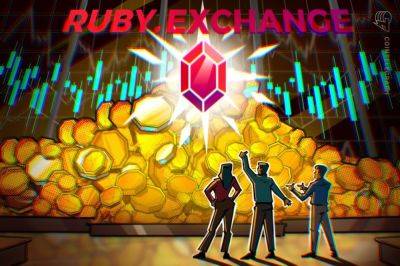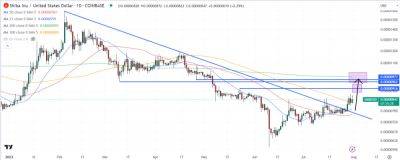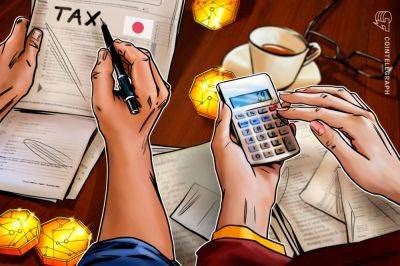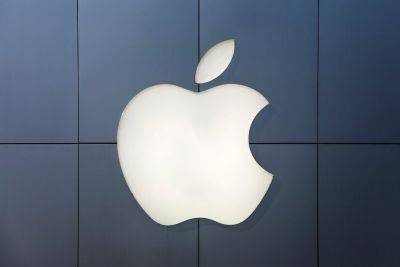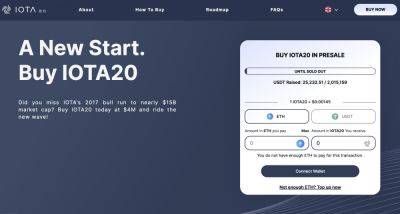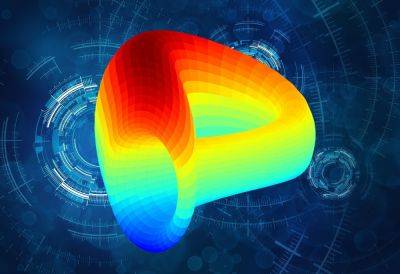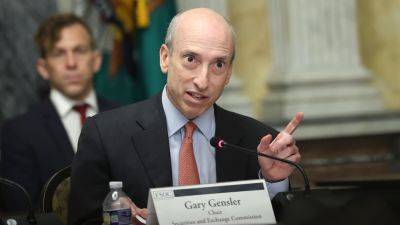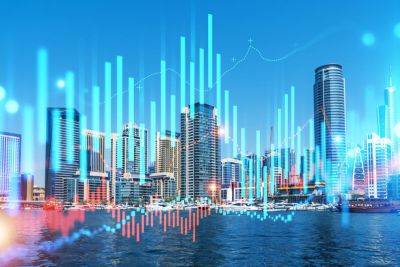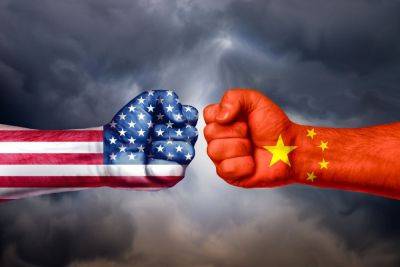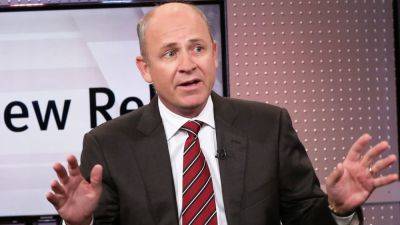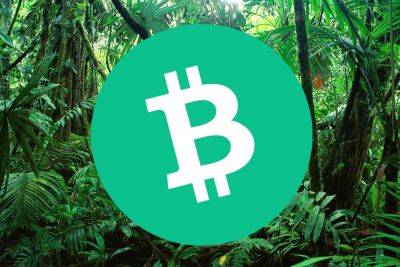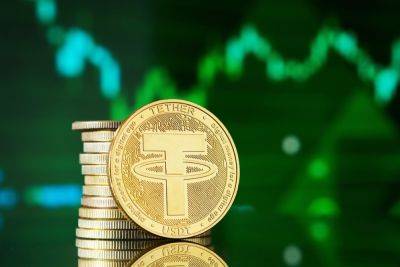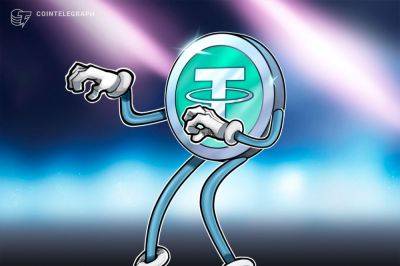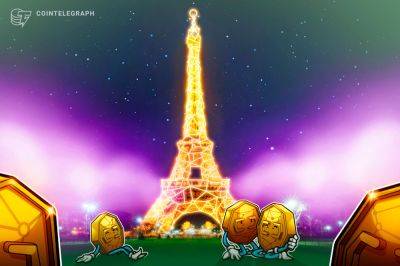This is 'the end of the beginning' of the battle against inflation, economist says
Central banks are at «the end of the beginning» in their battle against inflation, as several factors keep core prices persistently high, according to top Societe Generale economist Kokou Agbo-Bloua.
Markets are eagerly awaiting key inflation prints from the U.S. later this week, with the core annual consumer price index (CPI) — which excludes volatile food and energy prices — remaining persistently high to date, despite the headline figure gradually edging closer to the Federal Reserve's 2% target.
The persistence of labor market tightness and the apparent resilience of the economy means the market is pricing around a more-than 90% chance that the Fed will hike interest rates to a range of between 5.25% and 5.5% at its meeting later this month, according to CME Group's FedWatch tool.
U.S. inflation cooled in May to an annual 4%, its lowest annual rate in more than two years, but core inflation rose by 0.4% month-on-month and 5.3% year-on-year.
In assessing the current state of global policymakers' efforts to tame inflation, Agbo-Bloua quoted former British Prime Minister Winston Churchill's remarks in a 1942 speech: «Now this is not the end. It is not even the beginning of the end. But it is, perhaps, the end of the beginning.»
«The number one 'original sin,' so to speak, is that governments have spent a huge amount of money to maintain the economy that was put in hibernation to save human lives, so we're talking roughly 10-15% of GDP,» Agbo-Bloua, global head of economics, cross-asset and quant research at Societe Generale, told CNBC.
«The second point — obviously you had the war in Ukraine, you had the supply chain disruptions — but then you also had this massive buildup in excess savings plus 'greedflation,' so
Read more on cnbc.com
